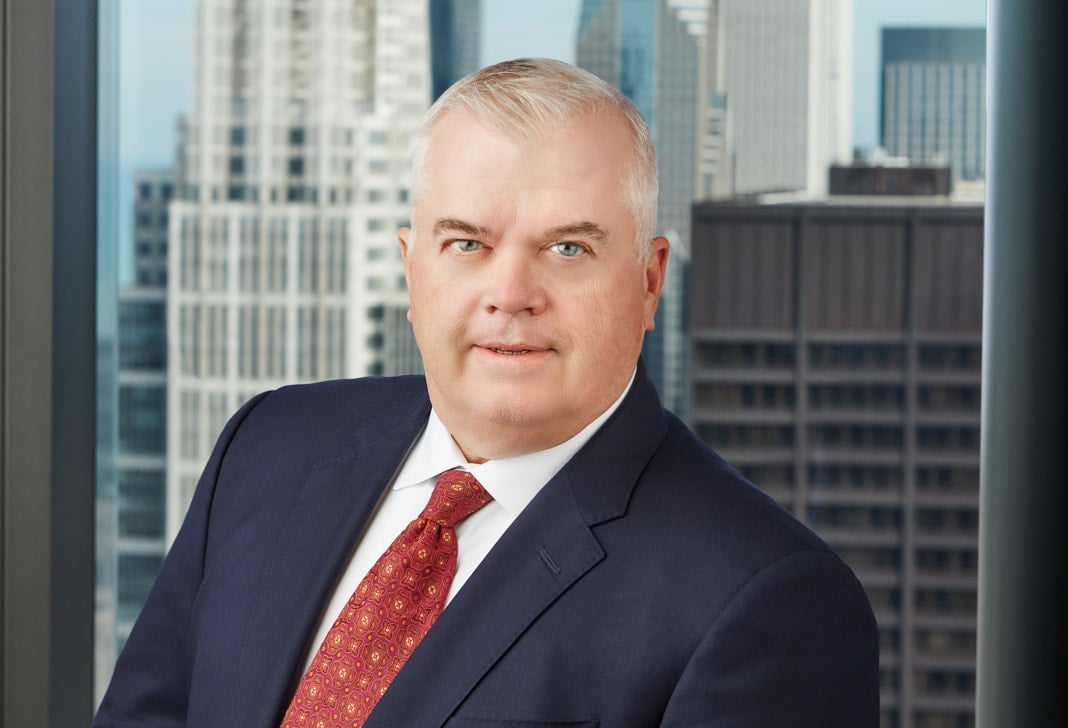
Superannuation Funds Take Center Stage in Australian Take-Privates—and Will Increasingly Need to Invest Outside Australia
2021 was the year in which superannuation funds took center stage in Australian take-private transactions. In what has been a record year for Australian M&A activity, the weight of money rolling into Australian superannuation funds (which is largely attributable to Australia's compulsory superannuation scheme—10% of every employee's salary is paid into a superannuation fund), a scarcity of government-owned asset privatizations, a low cost of capital and an increasing demand from funds to hold "real assets" has compelled the larger superannuation funds to approach ASX-listed targets directly with takeover proposals.
The most high-profile of these was the IFM-led consortium—the "Sydney Aviation Alliance" —approaching Sydney Airports with several proposals, with the board of Sydney Airports ultimately recommending a A$24 billion take-private. If implemented, it will be one of the largest completed M&A deals in Australian history. The scale of the transaction (and the regulatory complexity of the airport) has prompted some commentators to question whether there are any Australian listed targets that are out of reach of superannuation funds.
The primary investment criteria for these funds include yield and the ability to generate a stable and predictable return over a long-term investment horizon, meaning companies with infrastructure-like characteristics are most in demand. To date, we have seen targets acquired across waste management, renewables, infrastructure, telecommunications/data networks, logistics, and commercial property.
These funds are quickly becoming more sophisticated in their approach to pursuing public company M&A. A few years ago, we saw superfunds—which were existing shareholders in listed targets—agreeing to provide support to "pure play" private equity bidders. This evolved to multiple funds partnering to put forward proposals (in some cases without an initial stake in the target), and most recently, we have seen a few of Australia's largest funds pursuing solo—in effect taking on all investment and operating risk themselves.
The need to invest the waves of capital flowing into these funds means that they will need to remain active in Australian public markets M&A in order to generate a return for their members. The increasingly real challenge is a shrinking pool of local infrastructure targets, and a mild undercurrent of shareholder resistance to these being removed from Australia's public markets. In 2022, listed property stocks (many of which are trading at a discount to underlying asset value), may attract more attention from the larger superannuation funds. Inevitably though, we expect to see more of these funds acquiring significant assets outside Australia.
Read the full 2021 Transactional Year in Review and 2022 Forecast.


















